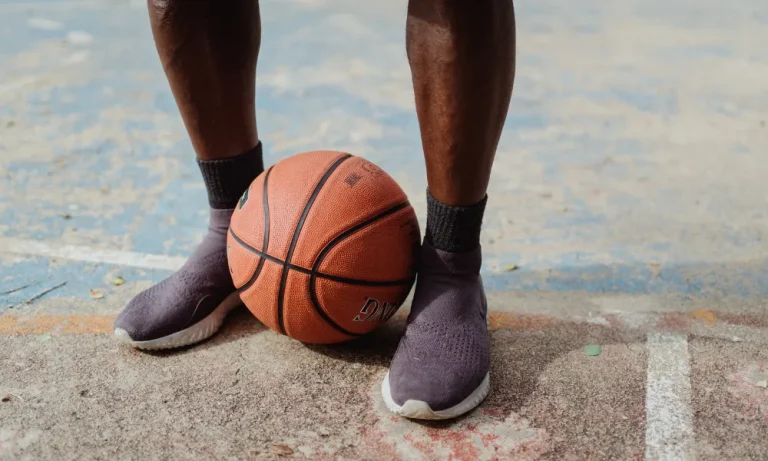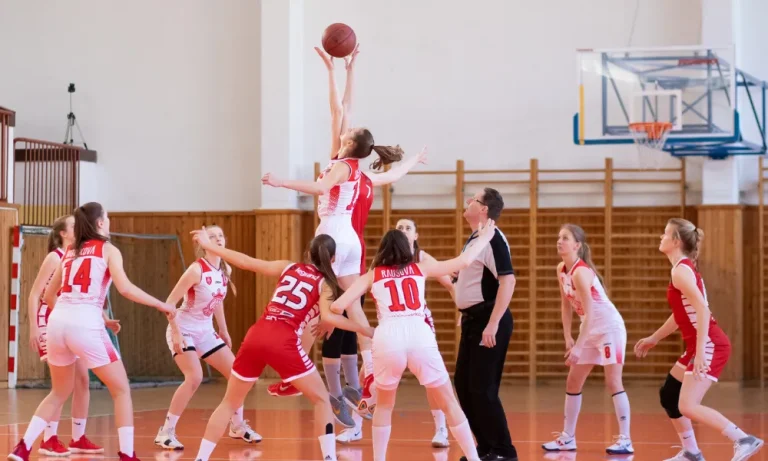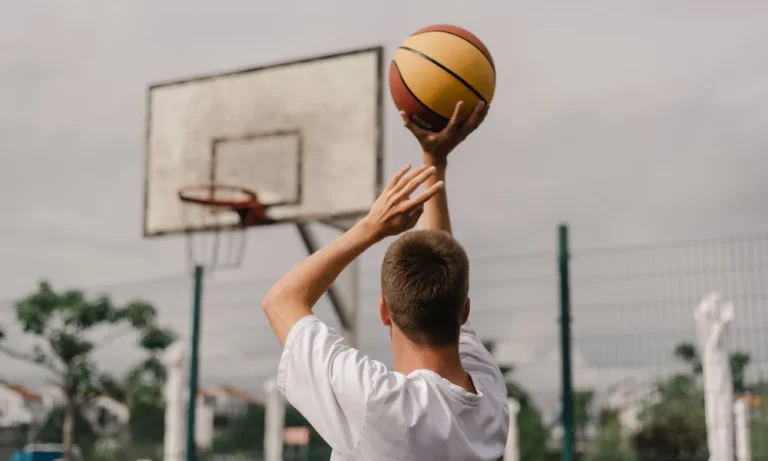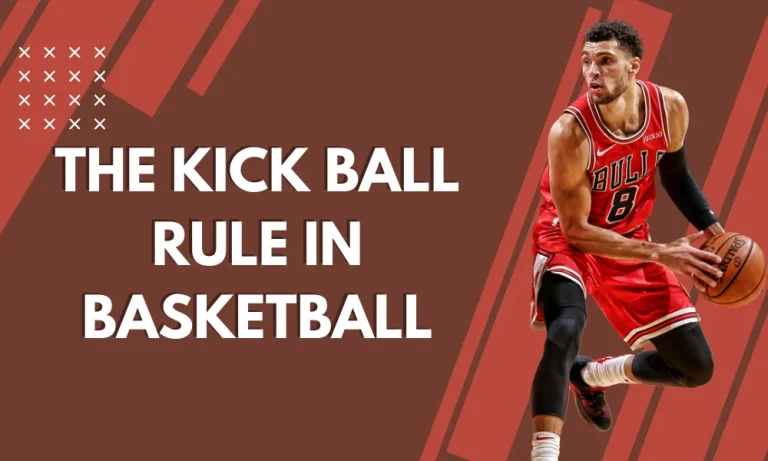How to Make Basketball Shorts Smaller?
Are your basketball shorts feeling too baggy and hindering your performance on the court? Don’t worry, we’ve got you covered! In this guide, we’ll show you simple and effective methods to make your basketball shorts smaller, ensuring a perfect fit that enhances your game.
Understanding the Problem: Why are Basketball Shorts Oversized?
When it comes to basketball shorts, it’s not uncommon to find them larger than desired. But have you ever wondered why?
Reasons behind Oversized Basketball Shorts
- Standard Sizing: Many basketball shorts are manufactured using standard sizing that may not cater to individual body types. This can result in a loose fit for some athletes.
- Fashion Trends: Oversized clothing has become a popular style statement in recent years. As a result, even sports apparel brands have started producing basketball shorts with a looser fit to align with the trend.
- Room for Mobility: Basketball is a fast-paced sport that requires quick movements and agility. Some players prefer oversized shorts for better range of motion and comfort during intense gameplay.
Impact of Ill-Fitting Shorts on Movement and Gameplay
- Restricted Movement: When basketball shorts are too large, they can impede movement by getting caught on knees, legs, or other players. This can limit your ability to jump, run, and change directions swiftly.
- Distraction: Oversized shorts can be distracting during gameplay, as excess fabric may flap or bunch up, diverting your attention from the game. This can affect your focus and overall performance.
- Decreased Performance: Ill-fitting shorts can hinder your overall performance on the court. They can slow you down, affect your shooting form, and even lead to discomfort or chafing.
Understanding these issues associated with oversized basketball shorts is the first step towards finding a solution. In the next sections, we’ll explore effective methods to make your basketball shorts smaller, ensuring a better fit that enhances your game. Stay tuned!
Measurement and Assessment: Accurately Sizing Up Your Basketball Shorts
Before you begin altering your basketball shorts, it’s crucial to have accurate measurements and assess which areas require adjustments. This step ensures that you achieve the desired fit and avoid any unnecessary alterations.
Accurately Measuring Your Current Size
To get started, follow these steps to measure your basketball shorts:
- Waist Measurement: Using a measuring tape, wrap it around your waist at the point where you want the waistband of your shorts to sit. Make sure the tape is snug but not too tight.
- Inseam Measurement: Stand straight and measure from the crotch area to the desired length of the shorts. This will help determine the appropriate leg length.
Identifying Areas for Adjustments
Once you have your measurements, it’s time to assess your basketball shorts for areas that require adjustments. Here are some tips:
- Waistband Fit: Check if the waistband is loose or tight. If it’s too loose, it may need to be taken in or cinched. If it’s too tight, you might need to consider expanding it.
- Leg Length: Examine the length of the shorts. Determine if they are too long or too short based on your preference and the required mobility for your gameplay.
- Overall Fit: Pay attention to the overall fit of the shorts. Look for areas that feel too baggy or too tight, such as the hips, thighs, or crotch. These areas may require adjustments for better comfort and movement.
Altering Waistband: Achieving a Snug Fit for Your Basketball Shorts
Now that you have measured your basketball shorts and identified the areas that need adjustments, let’s dive into the process of making the waistband smaller. A properly fitted waistband ensures that your shorts stay in place during intense gameplay, allowing you to focus on your performance without any distractions.
Step-by-Step Instructions for Altering the Waistband
- Sewing Technique: If you have sewing skills or access to a sewing machine, you can make the waistband smaller by removing excess fabric. Start by carefully unpicking the stitching of the waistband at the back. Then, fold the waistband to the desired size and sew along the new fold line, ensuring a secure stitch. Trim any excess fabric and reattach the waistband to the shorts.
- Elastic Bands: An alternative method is to use elastic bands to cinch the waistband. Measure a piece of elastic band that fits snugly around your waist, ensuring it’s not too tight. Open up the waistband at the back and insert the elastic band, evenly distributing it. Sew the elastic band in place, and then reattach the waistband to the shorts.
- Waistband Cinching: Another option is waistband cinching using drawstrings or cords. Remove the existing drawstring if present. Measure a new drawstring that fits your waist comfortably. Create small openings on either side of the waistband and thread the drawstring through, making sure it’s evenly distributed. Tie knots at the ends to secure it.
Tailoring the Leg Length
When it comes to basketball shorts, the leg length plays a crucial role in both style and functionality. Whether you prefer a shorter or longer length, tailoring the leg length can help you achieve the desired fit.
Techniques for Shortening the Length
- Hemming: Hemming is a simple yet effective technique to shorten the leg length of your basketball shorts. Start by trying on the shorts and determining the desired length. Mark the new hemline using pins or fabric chalk. Then, carefully cut along the marked line, leaving a small allowance for the hem. Fold the fabric twice to create a neat hem and secure it with a straight stitch using a sewing machine or needle and thread.
- Tapering: If you want to maintain the original hemline while achieving a slimmer fit, tapering is the way to go. Put on the shorts and identify the area where you want to narrow the leg width. Mark the new seam line with pins or fabric chalk, gradually tapering towards the hem. Carefully sew along the marked line, ensuring a secure stitch. Trim any excess fabric and finish the raw edges with a zigzag stitch or serger.
- Adding Side Panels: Another option to shorten the leg length while maintaining the original style is by adding side panels. Measure and cut fabric pieces that match the desired length and width of the leg panels. Align the fabric panels with the side seams of the shorts and sew them in place. This method not only shortens the length but also adds a unique touch to your basketball shorts.
Adjusting the Fit: Elevating the Comfort and Style of Your Basketball Shorts
Finding the perfect fit for your basketball shorts is key to optimizing your performance on the court. Ill-fitting shorts can hinder your mobility and distract you from the game.
Tips on Altering the Fit
- Tapering: Tapering is a popular technique to achieve a slimmer fit without compromising comfort. Put on the shorts and identify the areas where you want to reduce the width. Mark the new seam lines using pins or fabric chalk, gradually tapering towards the desired fit. Carefully sew along the marked lines, ensuring a secure stitch. This method not only enhances the style but also allows for better movement on the court.
- Taking in the Sides: If your basketball shorts feel too loose around the waist and hips, taking in the sides can provide a more customized fit. Put on the shorts and pinch the excess fabric on both sides. Mark the new seam lines with pins or fabric chalk, ensuring an even adjustment. Sew along the marked lines, removing the excess fabric. This technique helps achieve a snug fit without compromising mobility.
- Adjusting the Crotch Area: Sometimes, the crotch area of basketball shorts may feel too loose or uncomfortable. To address this, you can reshape and adjust the crotch area to improve the overall fit. Put on the shorts and identify the excess fabric in the crotch region. Mark the new seam lines with pins or fabric chalk, ensuring a comfortable fit. Sew along the marked lines, reshaping the crotch area to your liking.
Ensuring Quality and Comfort: Maintaining the Integrity of Your Altered Basketball Shorts
After investing time and effort into altering the fit and length of your basketball shorts, it’s important to ensure that the quality and comfort of the garment are not compromised.
Maintaining the Integrity of Altered Shorts
- Proper Stitching: When altering your basketball shorts, it’s crucial to use high-quality stitching techniques. Ensure that you use a strong and durable thread that can withstand the demands of intense gameplay. Reinforce the seams with backstitching or double stitching to prevent them from unraveling. This will help maintain the integrity of your shorts for a longer period.
- Choosing the Right Fabric: The choice of fabric plays a vital role in the comfort and durability of your altered basketball shorts. Opt for fabrics that are breathable, moisture-wicking, and stretchy, allowing for maximum mobility on the court. Avoid fabrics that may shrink or lose their shape after washing, as this can affect the fit and overall performance of your shorts.
- Careful Washing and Drying: To ensure the longevity of your altered shorts, follow proper care instructions. Machine wash them in cold water with a gentle cycle to minimize any damage to the fabric or stitching. Avoid using harsh detergents or bleach, as they can weaken the fabric fibers. Additionally, air drying is recommended to prevent any shrinkage or distortion.
The Importance of Comfort and Mobility
Comfort and mobility are paramount when it comes to basketball shorts. Ensure that the alterations you make do not compromise these factors.
Pay attention to the fit around the waist, hips, and thighs, allowing for a full range of motion. Avoid making alterations that restrict movement or cause discomfort during gameplay. Remember, the right fit and comfort level can enhance your performance and confidence on the court.
FAQs: How to Make Basketball Shorts Smaller
Can I use a sewing machine to taper my basketball shorts?
Yes, using a sewing machine is a convenient and efficient method to taper your basketball shorts for a slimmer fit. Just make sure to secure the stitches properly.
Is it possible to make my basketball shorts smaller without altering the waistband?
Yes, you can make your basketball shorts smaller by tapering the legs or taking in the sides without necessarily altering the waistband. This allows for a more customized fit while maintaining the original waistband size.
Can I make my basketball shorts smaller if they are made of stretchy material?
Yes, you can still make stretchy basketball shorts smaller by using techniques like tapering or taking in the sides. However, ensure that you use appropriate stitching techniques that maintain the stretch and flexibility of the fabric.
What tools do I need to make my basketball shorts smaller?
To make your basketball shorts smaller, you will need basic sewing tools like pins, fabric chalk, a sewing machine or needle and thread, and a measuring tape. These tools will help you accurately alter the fit of your shorts.
Can I undo the alterations if I’m not satisfied with the results?
It is possible to undo the alterations if you’re not satisfied with the results. However, it may be a bit more challenging to restore the shorts to their original condition, depending on the alterations made. Take care when making adjustments to ensure you achieve the desired fit from the start.
Conclusion
Altering the fit of your basketball shorts is a simple yet effective way to achieve the perfect size for optimal performance. Whether it’s tapering, taking in the sides, or adjusting the crotch area, these techniques can help you achieve a snug and comfortable fit.
With the right adjustments, you can rock your smaller basketball shorts with confidence and style on the court.






